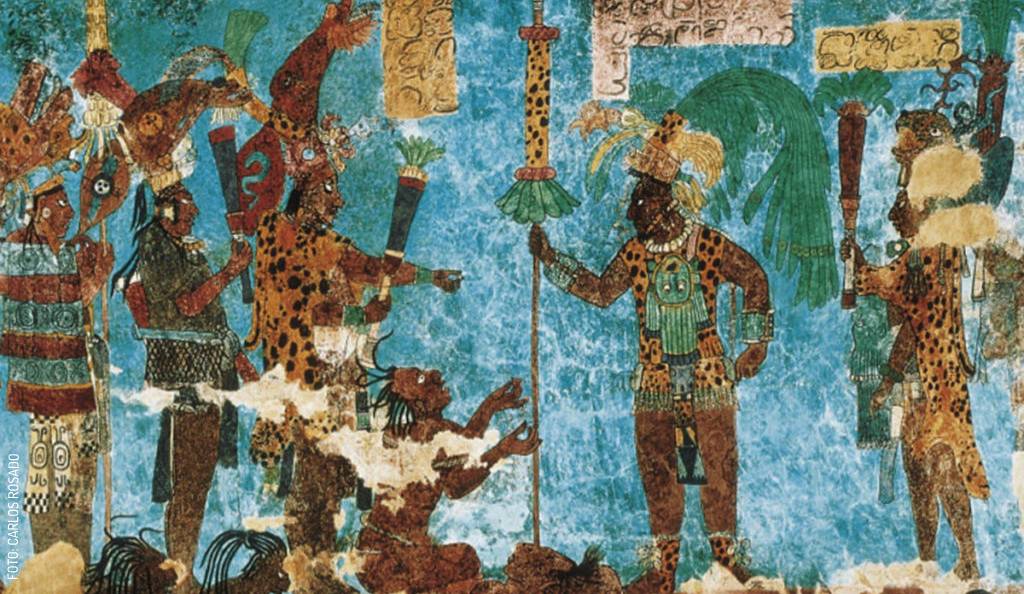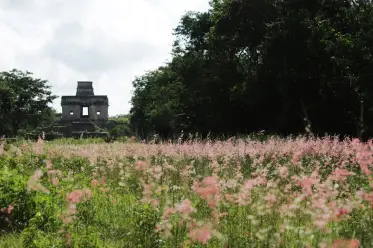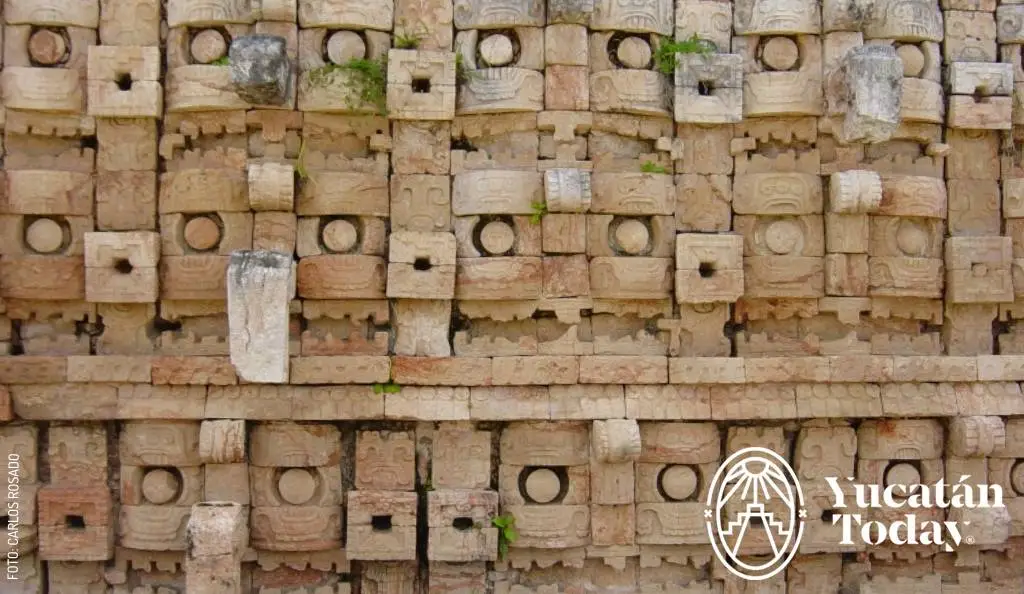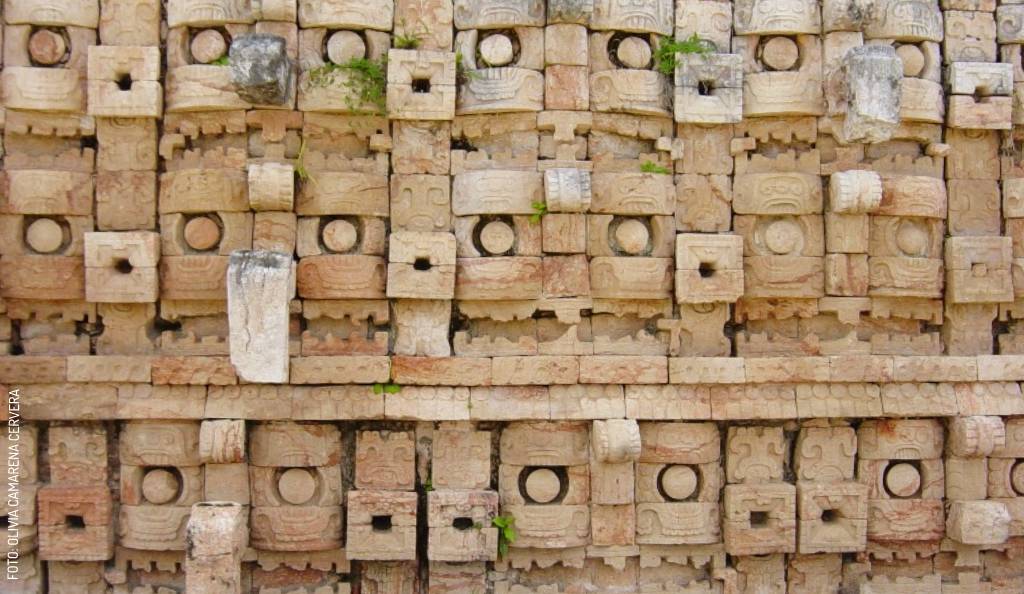
The Many Styles of Maya Architecture
The Yucatán Peninsula is famous around the world for its many wonders, including its pristine beaches, delicious cuisine, and mesmerizing cenotes. But for fans of history and archaeology, the Yucatán is first and foremost synonymous with the numerous examples of Maya architecture found in the ancient cities that dot the Peninsula.
Temples left behind by the ancient Maya in Yucatán include marvels such as the great ballcourt in Chichén Itzá, the Codz Poop, a rain god mask façade, in Kabah, and the Temple of the Seven Dolls in Dzibilchaltún.
Maya architectural styles
In general, Maya architecture across the peninsula shares features that include the use of corbelled archways, monumental stairways, multi-level platforms, and richly decorated exteriors. But when it comes down to really studying and appreciating the beauty of the architecture left behind by the Maya, the label “Maya architecture” is insufficient to accurately describe the wide variety of styles on display in the Peninsula.
So instead of thinking of Maya architecture, lovers of Maya archaeology tend to speak in terms of Maya architectural styles. The exact number of these types of architecture is up for debate, but the most prevalent in Yucatán include the Puuc, Chenes, and Toltec styles. It's also important to keep in mind that, although an archaeological site may be categorized as belonging to one style or another, more often than not the influence of other architectural traditions will also be present.
Puuc-style Maya architecture
Puuc architecture is best known for its ample use of the hook-nosed masks of the rain god Chaac. This is because the Puuc Valley, where this style originates from, is one of the few areas in Yucatán without cenotes; this makes abundant rainfall all the more important. Puuc architecture is also known for its multi-level palaces at sites such as Labná and Sayil.
Chenes-style Maya architecture
Among many other notable features, Chenes architecture is perhaps most famous for its impressive Monster of the Earth Façades. These temples were used by the Maya as symbolic gateways to the underworld, known as Xibalbá. The façade of these temples resembles a giant monster, complete with an open maw with sharp teeth and piercing eyes. A mesmerizing example of this Monster of the Earth façade style can be found at Ek Balam’s Acropolis.
Toltec-style Maya architecture
 Tulum[/caption] The Toltec style was imported into the Maya region from the Valley of Mexico and is itself a combination of several styles which developed over millennia, ultimately tracing its roots to the city of Teotihuacán. One of the most common elements of this type of architecture is the Talud-tablero construction style. It is made up of repeating inward sloping surfaces called a Talud, interspaced by a panel known as a Tablero. Examples can be found in sites such as Dzibilchaltún, Chichén Itzá, and Tikal.
Tulum[/caption] The Toltec style was imported into the Maya region from the Valley of Mexico and is itself a combination of several styles which developed over millennia, ultimately tracing its roots to the city of Teotihuacán. One of the most common elements of this type of architecture is the Talud-tablero construction style. It is made up of repeating inward sloping surfaces called a Talud, interspaced by a panel known as a Tablero. Examples can be found in sites such as Dzibilchaltún, Chichén Itzá, and Tikal.
Other common architectural styles easily observable in the Peninsula include the Costa Oriental style with its characteristic “diving god” carvings visible in Tulum, as well as the Río Bec style of Campeche with its multiple great towers. Hopefully, this short article has whetted your appetite to learn even more about Maya architecture...Now it’s time to get exploring!
Photography by Carlos Rosado and Olivia Camarena Cervera for its use in Yucatán Today.

Author: Carlos Rosado van der Gracht
Coming from a Mexican/Canadian family, Carlos Rosado van der Gracht is an adventure travel guide, blogger, and photographer with studies in Multimedia, Philosophy, and Translation.
¡Receive the latest articles and much more from the best of Yucatán in your email!
Related articles
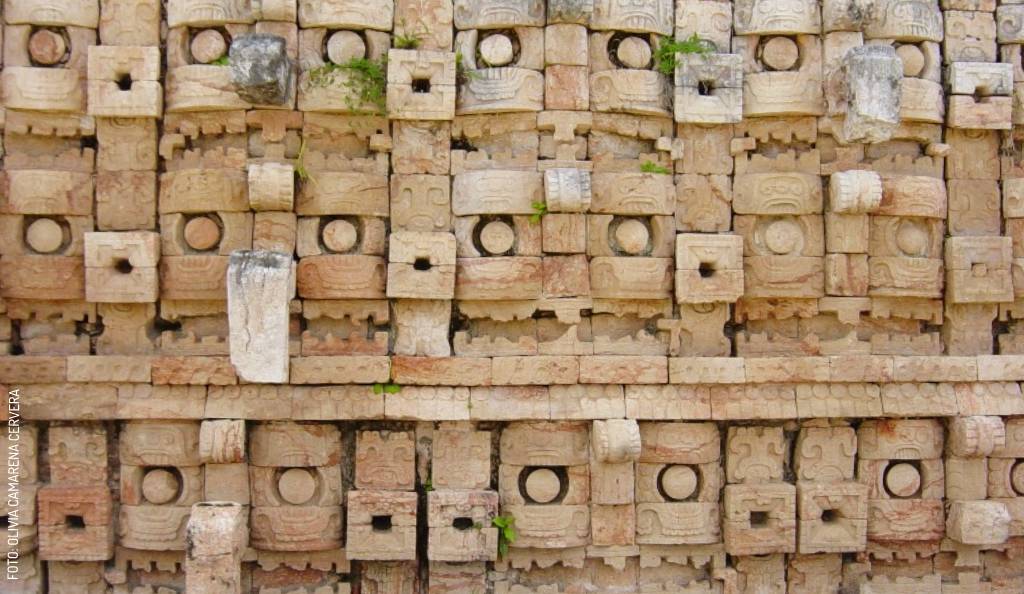
Maya Architectural Styles You Can Find in Yucatán
The most common Mayan architectural styles in Yucatan are the Puuc, Chenes, and Toltec styles.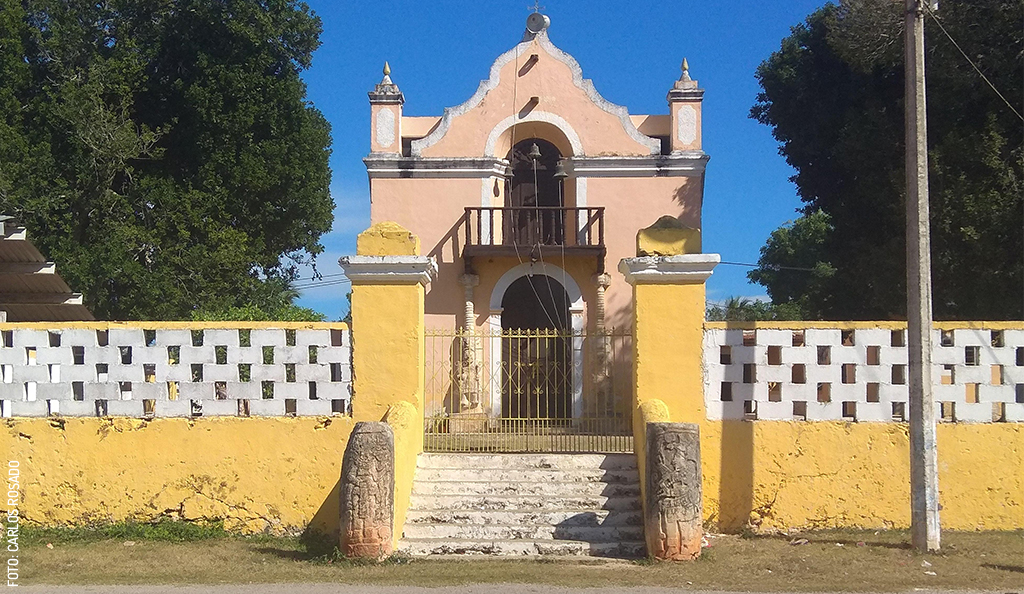
Syncretism in the Puuc: Of Churches and Stellae
We tracked down traces of Maya archaeology in a little town near Maxcanú, Yucatán: 12 Puuc-style groups. What did we find? Pure syncretism.